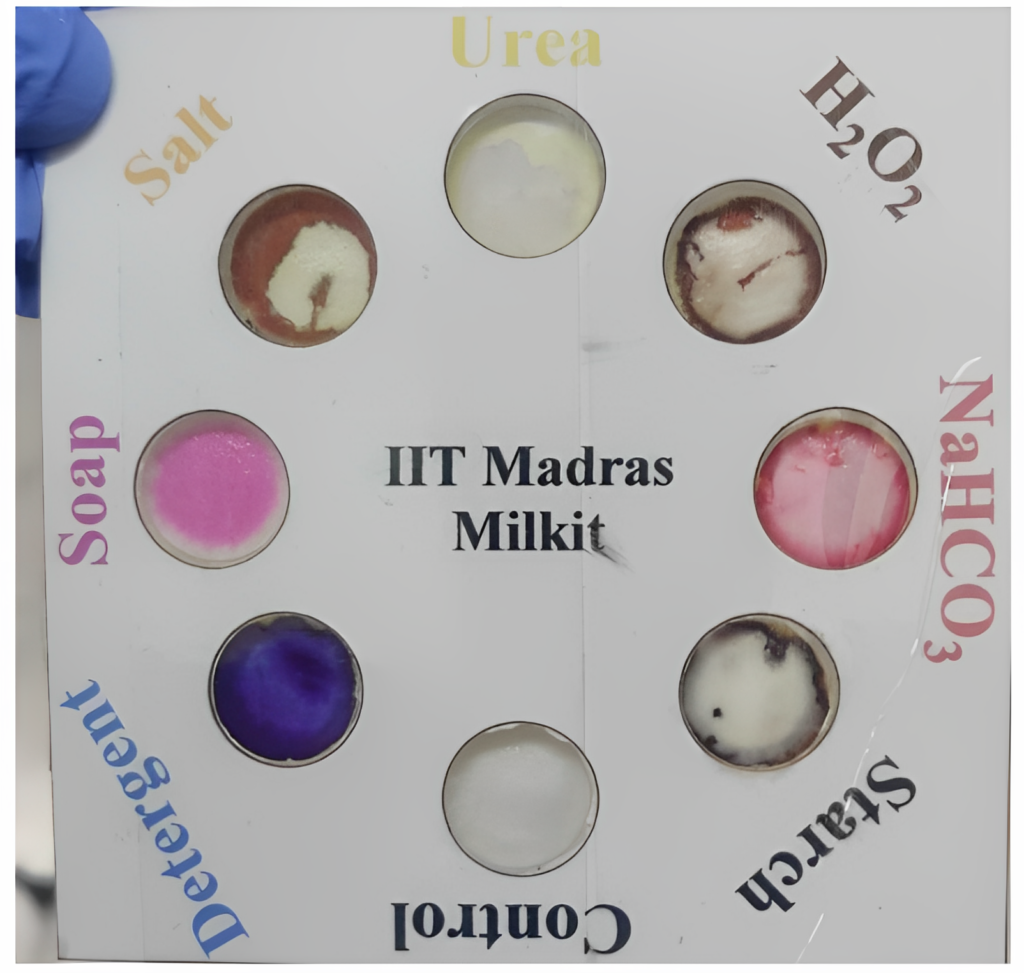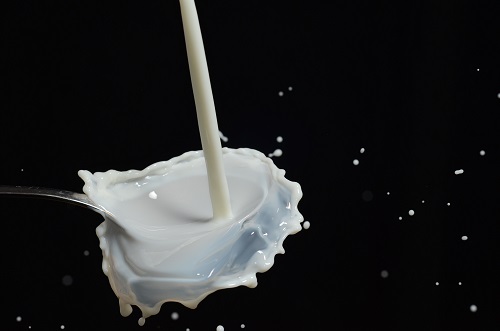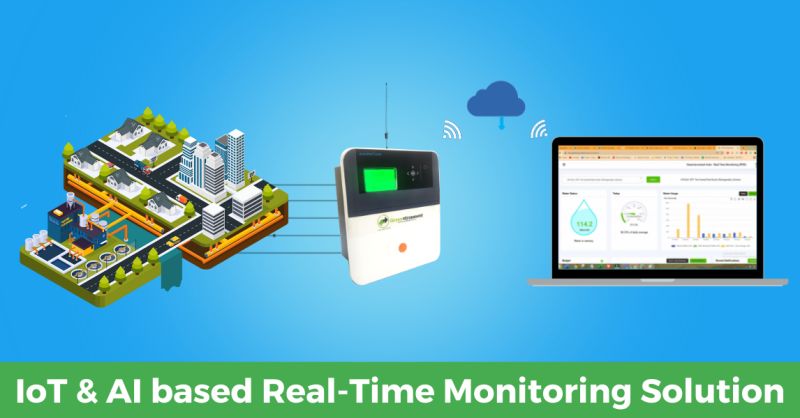India is the largest producer of milk and milk is considered to be one of the accessible protein supplements for a large proportion of the population. However, contemporary data proves the average protein consumption of India is lowest compared to other Asian and developed nations. The minimum protein intake recommended for an Indian adult is 0.8 to 1 gm per kg body weight. However, the average intake is about 0.6 gm per kg body weight.
Even though availability is not an issue, milk is one of the five common adulterated foods in India. Milk adulteration is mixed either with water or added with chemicals like urea, formalin, detergents, ammonium sulphate, etc. By doing so, the nutritional value of the milk falls drastically and causes serious health issues.
A report by the World Health Organization, 2022 estimates that 600 million people in the world fall ill after eating contaminated food and 4,20,000 die every year. Each year an amount of US$ 110 billion is lost in productivity and medical expenses due to adulterated foods in low and middle-income countries.
Using conventional laboratory-based methods, the purity of the milk can be tested. However, it has certain disadvantages. These include the need of well-equipped laboratories, qualified technicians, expensive reagents, and an intensive preparation of samples and reagents to get the results.
As an alternative to the conventional method, Dr. Pallab Sinha Mahapatra, an associate Professor at the Department of Mechanical Engineering from IIT Madras and his team of research scholars, Mr. Subhashis Patari and Dr. Priyankan Datta designed and fabricated a 3D paper‑based milk adulteration detection device.

“Using the conventional single-strip based detection, multiple experiments are needed to identify one adulterant. Whereas, using this device, adulterants in milk samples were able to detect simultaneously.” Said the team at IIT Madras.
The device was able to detect 7 adulterants(urea, detergents, soap, starch, hydrogen peroxide, sodium‑hydrogen‑carbonate, and salt) in the milk sample simultaneously with specificity evaluation and detailed colour interference analysis. In order to detect adulteration only 1–2 mL of any liquid is needed as a sample. And, the testing time is less than 30 seconds.
Another advantage of the device is that the cost of testing for seven adulterants is calculated roughly at Rs.19 (0.23$) only. The price includes the cost of Whatman filter paper, some amount of the reagents and solvent.
“We carried out qualitative and quantitative analyses using the developed calibration curves, and the results are amazing. The recovery range is between 85–107% and RSD(relative standard deviation)range of 0.50–3.51%. We also received the adulterants’ linear range, sensitivity, and LOD (limit of detection) that are close to the existing methods.” The team states.
The team believes that a quick and straightforward fabrication technique makes the device suitable to use in resource-limited settings. Moreover, this device will fulfil the ASSURED (Affordable, Sensitive, Specific, User friendly, Rapid and Robust,Equipment free, Delivered to those who need them) criteria by addressing both the technical (ASSR) as well as user acceptance (UED) aspects together. They are planning to develop a mobile application wherein quantitative analysis is carried out to determine the adulterants’ concentration. Additionally, the team is planning to use artificial intelligence(AI) in future to determine unknown adulterants.
Do you have an innovation to counter Milk Adulteration?
Share your green story!!
For more information: Press Information Bureau (pib.gov.in)
Thumnail photo: Photo by Pixabay from Pexels





Thanks for this invention /discovery.
It is alarming to know milk is being adulterated and the people are not aware of it. Going by the WHO reports it says it may cause serious health issues to people who consume it – there is no alternate to it for few people ( they have to consume it )
My doubt is, how to detect adulteration in Tofu, buttermilk , curd prepared at home? Do they still have adulteration chemicals?
Milk products bought outside have adulteration ?
which one is better to test ,( products prepared out side or prepared at home)?
3D paper based milk adulteration detection device or a mobile application ?